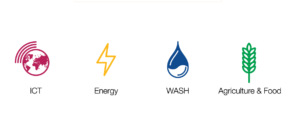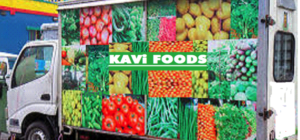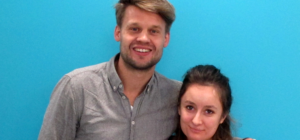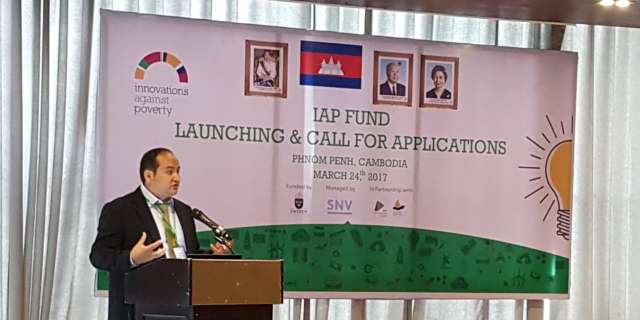The Innovations Against Poverty Fund application period came to a close over the summer, with a record number of applicants. We reached out to Geertje Otten, one of the program managers and global evaluators for IAP, to get a status update.
The application period closed on July 24th – where are we now?
We are pleased to say that we received triple the expected number of applications. Big thank you for all those companies showing interest and to our team for all their hard work!
We have now signed contracts with IAP finalists from the first and second group of shortlisted applicants. After conducting due diligence we are now in contract negotiations with the last group of shortlisted applicants. We expect to have a final cohort of around 35 to 40 entrepreneurs, with whom we will start implementation of projects in 2018.
What are your thoughts on how the process went?
Using the IBA platform for the application process went beyond my expectations. It was very practical to be able to conduct the evaluations at any place and any time. This became particularly valuable when we started receiving many more applications than expected.
From your perspective, what were the triggers for so many applications?
The IAP name was a valuable leverage in attracting the right attention. We approached promotion from two main angles: in the target countries our local team members activated their networks through presentations and road shows. We also leveraged all our social media channels to put out the word about IAP. The point of reference in all our communication was always the IAP website, hosted on IBA.
we received far more investable cases than we can cater for
As one of the global evaluators, what are your thoughts on the quality of applicants? Do you see any trends in the applications?
The majority of applicants are in agribusiness. We notice an increase in models that leverage franchisees for extension – this approach still needs to be validated in BoP markets. Another noticeable trend is the increase of mobile solutions – though smartphone penetration is growing really quickly, it is important that these solutions make sure to cater for simple phones as well as smartphones. Finally, the reported impact on women at the BoP is on average higher than 50%, which is very encouraging.
The quality of applicants is very mixed. Cambodia seems to bring the highest quality of applicants, especially regarding the level of innovation. I would like to highlight that we received far more investable cases than we can cater for – as such we are happy to invite other investors or donors to expand on the capacity of the IAP fund.
How do you see future calls like this one evolve?
We have ambitions to expand the current structure of IAP, and replicate its success. We see enormous demand for these kinds of practices. Drawing lessons from the current IAP call, I would encourage all similar programs to emphasize local activation channels in their promotion. At the same time, it is important to keep limitations of the target audiences in mind – for example, Ethiopia did not have internet for 2 to 3 weeks during the application period for IAP, thus affecting the application process.
As always with innovation programs we are in a continuous learning process and will draw from lessons learned in this edition of IAP to actively improve the program for future editions.



